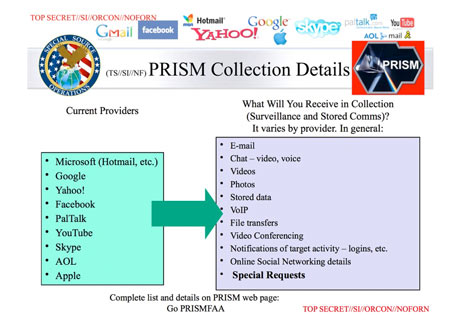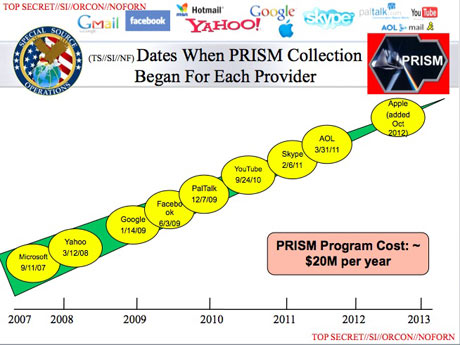Remember the AP article about Fukushima I Nuke Plant struggling to find and retain good workers? In that article, "Happy" said his cumulative radiation exposure was 300 millisieverts (that's probably why he is not working at Fuku-I right now), and that many veteran workers like him who know the work and who can supervise are leaving.
He also said some of the new workers supplied by lower-tier subcontractors can barely read, but that's what TEPCO gets for the price it is willing to pay.
Clearly the Abe administration hasn't read inconvenient English articles like that. Instead, it has boldly declared that they will remove the fuel debris (corium) one and a half year AHEAD OF SCHEDULE.
Never, ever mind that they don't even know where the corium is, in each of the reactors at Fukushima that went kaput.
Never, ever mind either about WHY they are doing it. Probably they don't know themselves, other than "We're Japanese, we're different. We're not Americans (Three Mile Island), we're not Russians (Chernobyl)."
Just like "Abenomics" (which some in Japan call "Ahonomics"; "aho" in Japanese means "stupid idiot" in Osaka dialect), if you keep talking about it and enough people believe it, I'm sure miracles will happen.
TEPCO headquarters in Tokyo, who must be fully aware of the experienced worker shortage at Fukushima I Nuke Plant even if their spokesman says there is no problem, folds, again. They never stood up against the meddling Kan administration to shield the plant staff so that Yoshida and his men could do their work in the critical first few weeks of the accident. So it is simply a waste of breath to ask why they cannot say "no" to the Abe administration.
From Nikkei Shinbun (6/8/2013):
福島第1、燃料取り出し1年半前倒し 政府・東電
Removal of fuel debris at Fukushima I Nuke Plant to be carried out 1 and a half year ahead of schedule, the government and TEPCO say
政府と東京電力は8日までに、東電福島第1原子力発電所の廃炉作業を現行計画よりも前倒しすることを決めた。炉心溶融(メルトダウン)で原子炉内に溶けて固まった核燃料「デブリ」の処理について、2021年末までの取り出し着手を目標としてきたが、1年半程度前倒しして20年6月ごろの開始を目指す。
The national government and TEPCO have decided to accelerate the current plan for decommissioning Fukushima I Nuclear Power Plant. Removal of fuel debris inside the reactors has been scheduled to start by the end of 2021, but the government and TEPCO will aim at June 2020 to start the removal.
政府と東電でつくる東電福島第1原子力発電所廃炉対策推進会議(議長・茂木敏充経済産業相)の事務局が10日に発表する廃炉に向けた中長期ロードマップの改定案に盛り込む。福島県内の自治体などと協議したうえで、6月中にロードマップを正式に改定する。
The plan will be part of the revised medium-to-long-term "roadmap" to be announced on June 10 by the secretariat of the Fukushima I Nuclear Power Plant Decommissioning Promotion Committee (Minister of Economy Toshimitsu Motegi as chairman). The revised "roadmap" will be discussed with the municipalities in Fukushima Prefecture, and formally adopted in June.
デブリの処理は世界でもほとんど前例がなく、福島第1原発の廃炉作業の最重要課題。政府と東電は11年に策定した計画で、10年以内の取り出し着手を目標にしていた。前倒しで廃炉工程の短縮を目指す。
Removal of fuel debris has hardly any precedent in the world, and it is the most important task in the decommissioning of Fukushima I Nuke Plant. In the "roadmap" of 2011, the target was to start the removal within 10 years.
ロードマップの改定案には、汚染水のもとになる地下水の原子炉建屋への流入を防ぐため、凍土方式による遮水壁の設置なども盛り込まれる。
In the revised "roadmap", building the impervious wall with frozen soil will also be included, in order to prevent the groundwater from entering the reactor buildings and adding to the contaminated water.
Well, if in a rare chance that Tokyo gets to host the 2020 Olympics, they will get to play some of the events in Fukushima Prefecture just as the corium is being removed at Fukushima I Nuke Plant. Lovely.
But since when has removal of corium become the most important task in the decommissioning? I have a feeling that Nikkei Shinbun has no idea what's important and what is not. I don't think the national government or TEPCO knows either.
Even IAEA had to gently suggest to the Japanese government and TEPCO, "Why don't you think about what you want to achieve, what you want the site to look like when all the decommissioning work is done?" - like talking to a first grader.
That suggestion was completely ignored by just about everyone, and all that was reported about IAEA's most recent visit in April was that IAEA thought the contaminated water was a problem.
"Happy" was tweeting this Nikkei article in exasperation, saying:
取り出す工程より、漏れてる場所と塞ぐのがいつなのか?いったいマンレムがいくつになるのか知りたいでし(´・c_・`)
Forget removal procedure. Where are the leaks and when will those leaks be plugged? How many man-rem will it be? That's what I want to know.
"Man-rem" is a unit of measurement of absorbed radiation that is equal to one rem absorbed by one individual. One rem is 10 millisieverts.















 Tokyo Time
Tokyo Time
![[Most Recent Quotes from www.kitco.com]](http://www.kitconet.com/charts/metals/gold/t24_au_en_usoz_2.gif)

